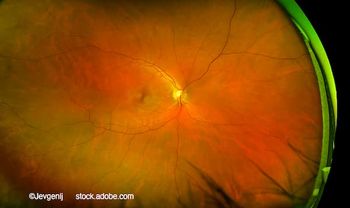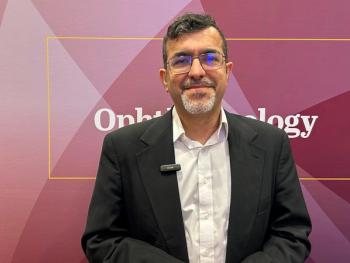
Path to perfect lens calculation nears culmination
The journey to achieving the perfect lens calculation is now just a few years away from reaching its destination.
Houston-The journey to achieving the perfect lens calculation, one that results in emmetropia without ocular aberrations, began 2000 years ago, but is now just a few years away from reaching its destination, according to Jack T. Holladay, MD, MSEE.
Dr. Holladay provided an overview of the developments leading to lens calculation perfection, and he emphasized the many visionaries involved.
“Most of you who are here today will be present when we reach that pinnacle of perfect vision for our patients, and what I want you to remember most are those individuals who were important in our getting there, those who along the way put a sign saying ‘this way to the top’,” said Dr. Holladay, clinical professor of ophthalmology, Baylor College of Medicine, Houston.
“I am so appreciative for all of them, and particularly for Dr. [Charles] Kelman, who placed one of the biggest signposts and who pointed the way to so many things,” he said. “The ideas he had about IOL design are as valid today as when he developed them 30 years ago.”
In his historical overview, Dr. Holladay said the journey to the perfect IOL calculation began with Claudius Ptolemy (born ~90 AD), who was the first to report empirical observations on the refraction of light. It picks up about 1,000 years later when the Ibn Sahl of Sevilla, a Persian mathematician, first discovered the law of refraction, and then fast forwards to 1602 when Thomas Harriott rediscovered principles of light. In 1621, Willebrord Snellius (Snell) derived his formula describing how light acts when it passes through different media, and in 1637, Rene Descartes independently derived laws describing principles of light.
In 1840, Gauss simplified Snell’s law and introduced his lens formula that is still taught today.
In the more modern era, the first theoretical IOL formula was introduced by Fyodorov in 1967, and multiple subsequent improvements resulted in current, more accurate formulae that use more variables to predict effective lens position (ELP). The development of femto-cataract surgery will further increase the predictability of ELP, Dr. Holladay said.
Simultaneously, technical advances reducing variability in ELP enabled the introduction of aspheric IOLs that provide better-quality vision. Advances in optical biometry and imaging techniques, including Scheimpflug systems and ultrasound, are also playing a role in achieving the perfect IOL power by providing better data for power calculations, and the introduction of intraoperative aberrometry is adding another dimension for helping surgeons achieve the refractive target. Then, the advent of adjustable IOL technology allows for a perfect refractive outcome even if all else fails.
Dr. Holladay also pointed out that surgeons should realize that Herman Snellen made an error in creating his visual acuity chart, and therefore, an eye with 20/20 Snellen acuity still has pronounced defects.
“The only reason why 20/20 is our target is that Snellen made a mistake 150 years ago. Before then, 20/10 was recognized as ‘normal vision’, and 20/10 should be the target for eyes with a perfect IOL,” said Dr. Holladay.
This article is based on Dr. Holladay’s delivery of the Charles D. Kelman Lecture during the Cataract Surgery Spotlight session at the 2012 annual meeting of the American Academy of Ophthalmology. Dr. Holladay has no financial disclosures relevant to his lecture.
For more articles in this issue of Ophthalmology Times eReport,
Newsletter
Don’t miss out—get Ophthalmology Times updates on the latest clinical advancements and expert interviews, straight to your inbox.



















































.png)


